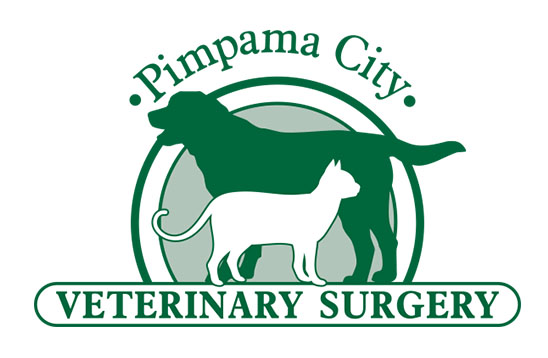Little Max visited our team at Pimpama City earlier this year after his owner noticed a bad odour from his mouth and was also concerned that he wasn’t eating as well as usual. On examination, Dr Kim found that Max had dental disease that required treatment.
Dental disease is extremely common in dogs and cats and we often see pets that need attention to their teeth. Given that our pets don’t brush their teeth it isn’t surprising that they get plaque and tartar building up.
Plaque is a thin, invisible layer of bacteria and debris that builds up on teeth over a period of time. It is a natural, ongoing process and is the first step towards dental disease. Tartar comes next and is the thick, chalky layer that gets deposited on the sides of teeth. It’s a combination of minerals and debris, forms a perfect environment for worsening infection and allows for worsening dental problems. Gingivitis, ulceration and tooth decay are all signs of advanced dental disease. They can be extremely painful, cause a loss of appetite and can even lead to bleeding from the mouth. The problems associated with dental disease are not only restricted to the mouth either. Bacteria from the mouth can be absorbed into the bloodstream and spread to end up in other parts of the body. It is thought that some eye, heart and kidney problems can all be linked to dental disease.
Fortunately for Max his owners prompt attention meant that he could be treated before the disease had progressed to that point. Max was admitted to the clinic having had nil by mouth that morning. An intravenous catheter was placed into his right front leg and a blood sample was collected. Unfortunately, dogs and cats cannot be trained to sit still with their mouths open so a general anaesthetic is required for the vet to assess and clean their teeth. Due to his age a pre-anaesthetic blood test was run to ensure Max’s liver and kidneys were functioning well. This is important as those organs filter and process the drugs used to anaesthetise Max – he passed with flying colours.
The anaesthetic was administered intravenously and once he was asleep a tube was placed down Max’s trachea to maintain his airway. Oxygen and anaesthetic gas were administered to keep Max asleep while we examined and treated his mouth.
A build up of tartar had lead to some gum inflammation and infection but dental x-rays and grading revealed that Max’ teeth and the tooth roots were healthy and no extractions were required. His teeth were scaled with an ultrasonic scaler in the same way as a human dentist would scale our teeth and they were then polished to smooth the surfaces and make it harder for new plaque to form.
Max recovered well from his procedure and was discharged back to his caring owers later the same day.
Itching for more? Keep reading:



